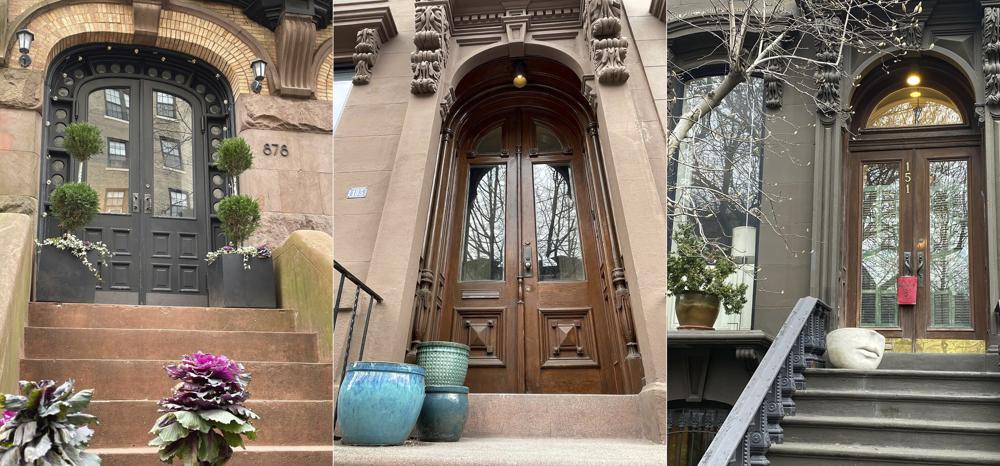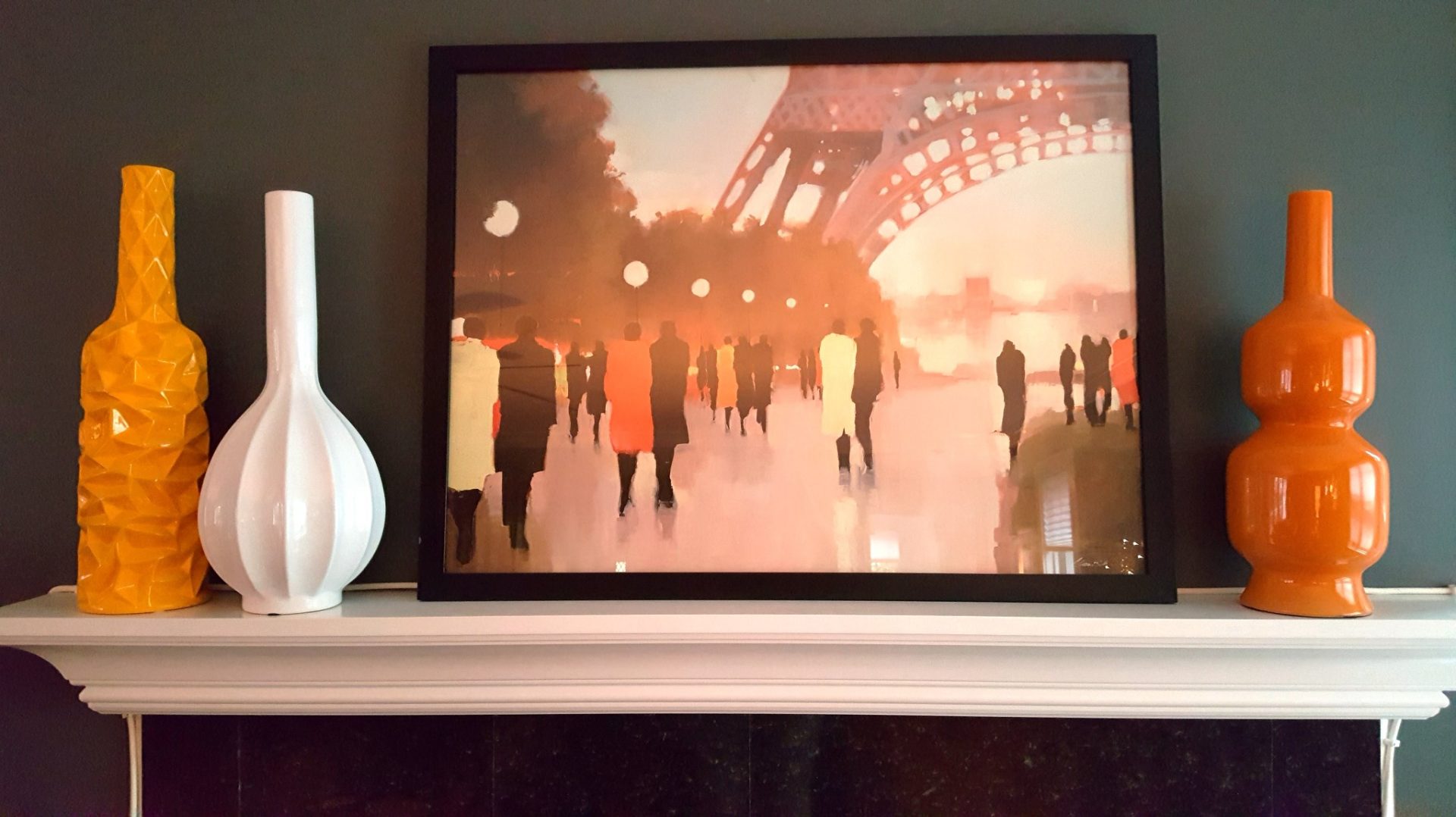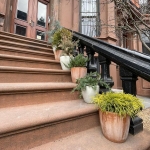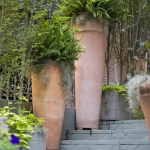
KIM COOK
Associated Press
Front stoops have long welcomed visitors to city homes, and have served as gathering spots for friends and neighbors engaging in what urban design activist Jane Jacobs called “the sidewalk ballet.”
Since the pandemic left many people isolated and locked down at home, stoops have become more central again.
New Yorkers, for instance, “have discovered that from the top of their stoops it is possible to safely catch up with a friend, commune with neighbors, clap for essential workers, or have a drink at a responsible distance, a quarantine rite known as the `stoop hang,’” Marie Solis wrote in Gothamist last summer.
Stoops can be relatively modest things, not much more than serviceable steps, with an iron railing and a diminutive landing. Grander versions in tony parts of town feature sweeping curves, “dog leg” side stoops and ornate carved details. Materials included sandstone, brick, limestone, concrete, wood or bluestone.
Whatever kind of stoop you have to hang out on, spring is a great time to freshen it up.
EXPRESS YOUR PERSONALITY
A lively, inviting and colorful stoop can create a sense of community, says Janice Parker, a landscape architect in Greenwich, Connecticut.
“A front stoop can be a way to say `hello, we’re friendly, we enjoy our home,’” she says.
“People love to get inspiration from each other, and once there is one interesting stoop, there will be many interesting stoops.”
Stay creative by changing things up with the seasons and holidays.
POTS AND CONTAINERS
Parker puts out a variety of “beautiful and interesting pots,” and changes their contents as the months go by.
For spring, she plants early bulbs and hellebores. In summer, robust tropical foliage, bright flowers and lush vines grace the containers. Colorful mums, ornamental kale, and pumpkins and gourds get the fall vibe going, and in winter, hardy evergreens or groups of tall red and white branches.
“This year,” says Parker, “I filled my planters with magnolia leaves, and they looked beautiful in the snow.”
Using lots of color “makes the front door more approachable and friendly,” she says.
Don’t be afraid to add faux plants, says Nashville, Tennessee, designer Jessica Davis. Choose realistic-looking ones, or something more dramatic and stylized, like metals or woven materials.
If you’re using real greenery, have a watering strategy, Parker warns: “Plants do need a lot of water, and you’ll inevitably slosh water on the way to them.”
If your stoop is on the small side, consider going tall with a planter; repurposing a sturdy umbrella stand might be an option, or use a weighted basket.
Or choose a sleek, modern concrete cube, an artsy painted ceramic pot, or a rustic wood planter, depending on the mood you’re seeking.
THE DOOR AND DOORMAT
If you’re able to paint your front door, make a statement. While glossy black or stained wood are traditional choices, consider vibrant red, green, blue or even deep purple, pink or yellow.
“Much about the residence can be made clear by the colors that are chosen for this space,” Parker says.
All-season or season-specific wreaths add texture and interest to the front door, Davis says.
Shop flea markets, floral suppliers or housewares stores for accessories and interesting welcome mats, she says.
For small stoops, Davis recommends getting a big mat. “It helps the space look wider. And try horizontal stripes to help the space feel roomier,” she says.
COMFORT
If you’d prefer not to sit on the stoop stairs, large, indoor/outdoor floor cushions in a weather-resistant fabric could be a solution. Or maybe small folding stools.
And think about lighting. “All areas with steps need to be lighted for safety,” says Parker. “Rechargeable, beautiful freestanding lights that run on LED bulbs and batteries are a wonderful way to solve many lighting problems without hiring an electrician.”
___
Kim Cook is a freelance writer covering design, décor and lifestyles topics. Follow her on Instagram @kimcookhome.



